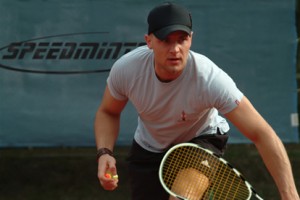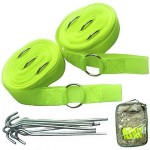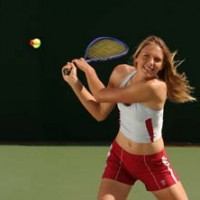
Tennis players and golfers know exactly what I mean. Overcoming the challenges thrown at us by outdoor conditions are what attract us to our beloved outdoor sports in the first place.
Serving can be especially difficult under outdoor conditions. We all want the perfect serve. We all love our aces. But we also understand that going for service aces is not always wise.
In most cases, the best strategy is the simplest: just get it in. Most opponents will make a predictable number of errors on the service return. Even when the serve they are returning is simple and safe, they will mishandle a given percentage and give away some points. Take advantage of this by keeping your serve strategy as simple as conditions will allow.
Calm Conditions
When conditions are calm and wind is not a factor, it is safe to serve high and deep to the back of your opponent’s box. The higher and deeper you serve, the better.
Remember that the speeder accelerates as it falls. The faster it is going when it enters the returner’s strike zone, the more precisely his timing must be to generate a winning return. Therefore you can increase the chances of creating an error under calm conditions by serving high and deep, especially to the backhand corner of the box.
Breezy Conditions
Breezy conditions make high serves risky. The stronger the breeze, the riskier high serves become. The best overall strategy, therefore, is to take advantage of these conditions by serving to the windward side of the box and allowing the breeze to blow your serve in.
If the breeze is steady, it won’t take long to find your range. Whenever possible, choose a height that will force your opponent to move his feet while returning your serve. For most players, this will significantly increase the number of serve return errors.
Gusty Conditions
Gusty Conditions may make high serves impossible. At the very least, they can make high serves enormously risky. The general rule, therefore, is to keep serves low when playing in gusty winds or on courts where the wind has a tendency to swirl around and change direction.
Strong, low, flat serves that move in toward your opponent’s body are generally best under gusty conditions. But when conditions are extremely gusty, as they often are in Calgary during May and September, forget about going for aces and winners. Just play it safe and aim for the centre of your opponent’s box. You will make fewer errors and you will give away fewer points.


